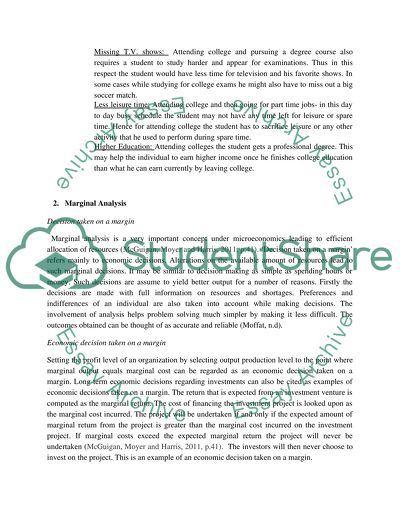Cite this document
(“Opportunity Cost of Going to College, Marginal Analysis Essay”, n.d.)
Retrieved from https://studentshare.org/macro-microeconomics/1440461-opportunity-cost-of-going-to-college
Retrieved from https://studentshare.org/macro-microeconomics/1440461-opportunity-cost-of-going-to-college
(Opportunity Cost of Going to College, Marginal Analysis Essay)
https://studentshare.org/macro-microeconomics/1440461-opportunity-cost-of-going-to-college.
https://studentshare.org/macro-microeconomics/1440461-opportunity-cost-of-going-to-college.
“Opportunity Cost of Going to College, Marginal Analysis Essay”, n.d. https://studentshare.org/macro-microeconomics/1440461-opportunity-cost-of-going-to-college.


